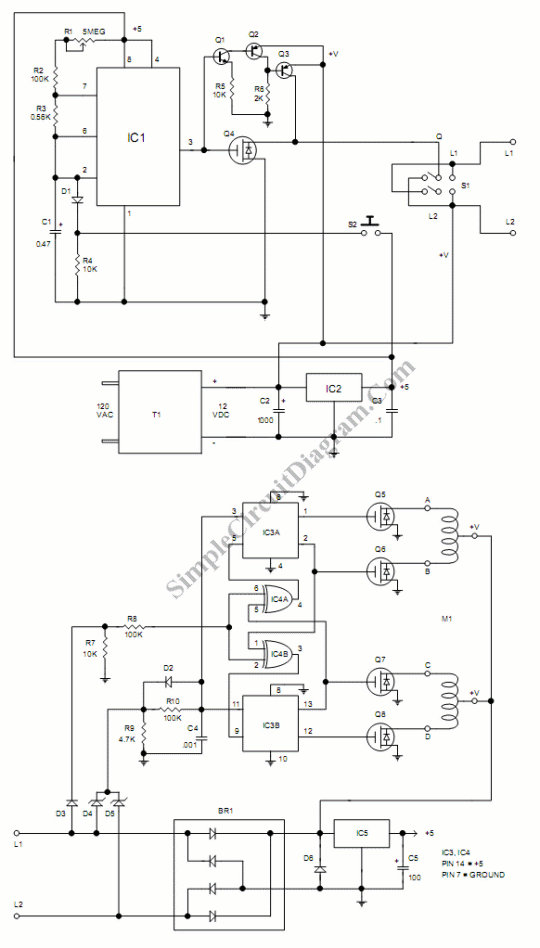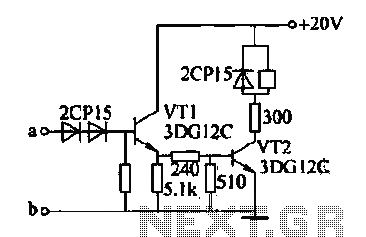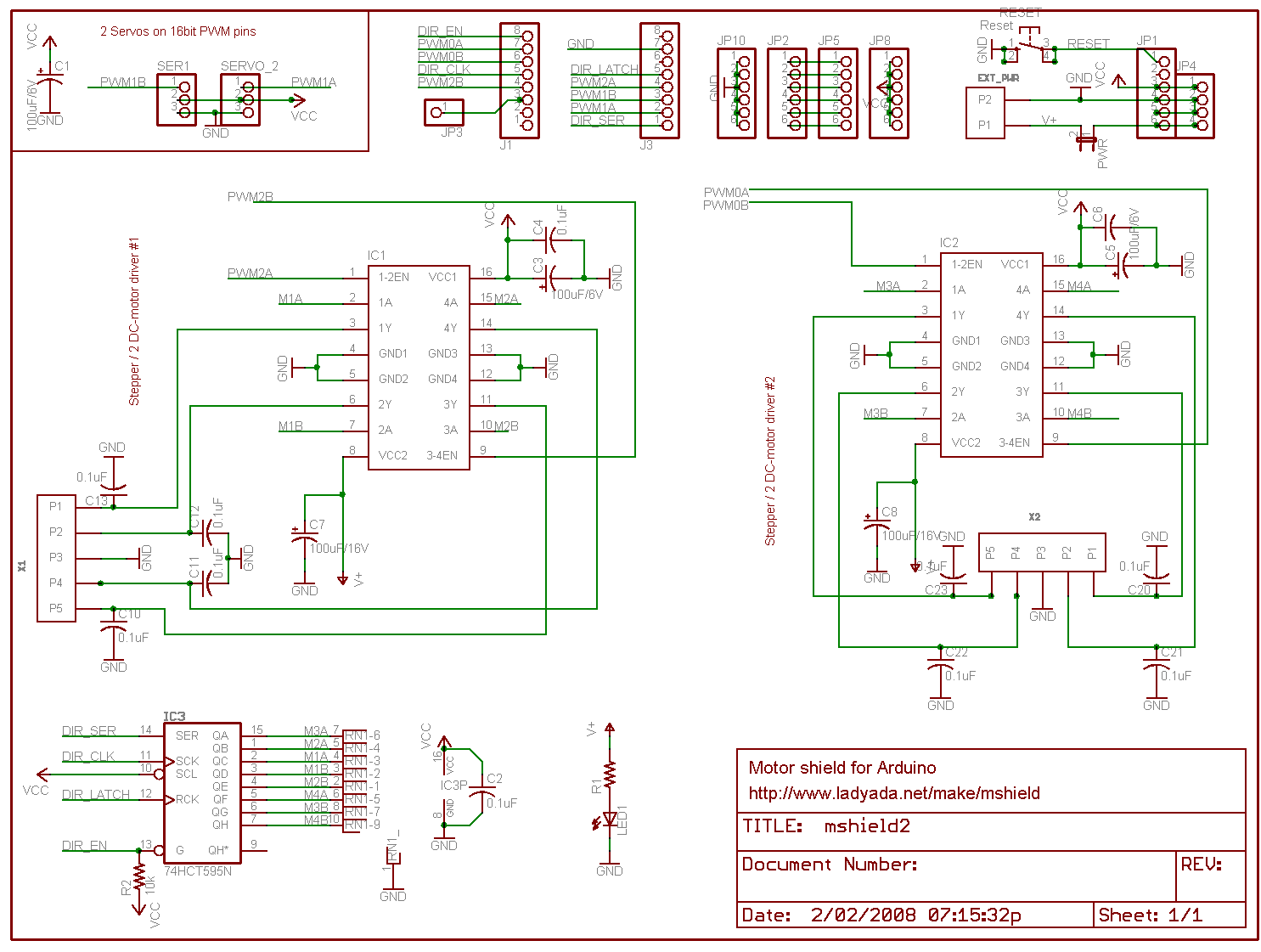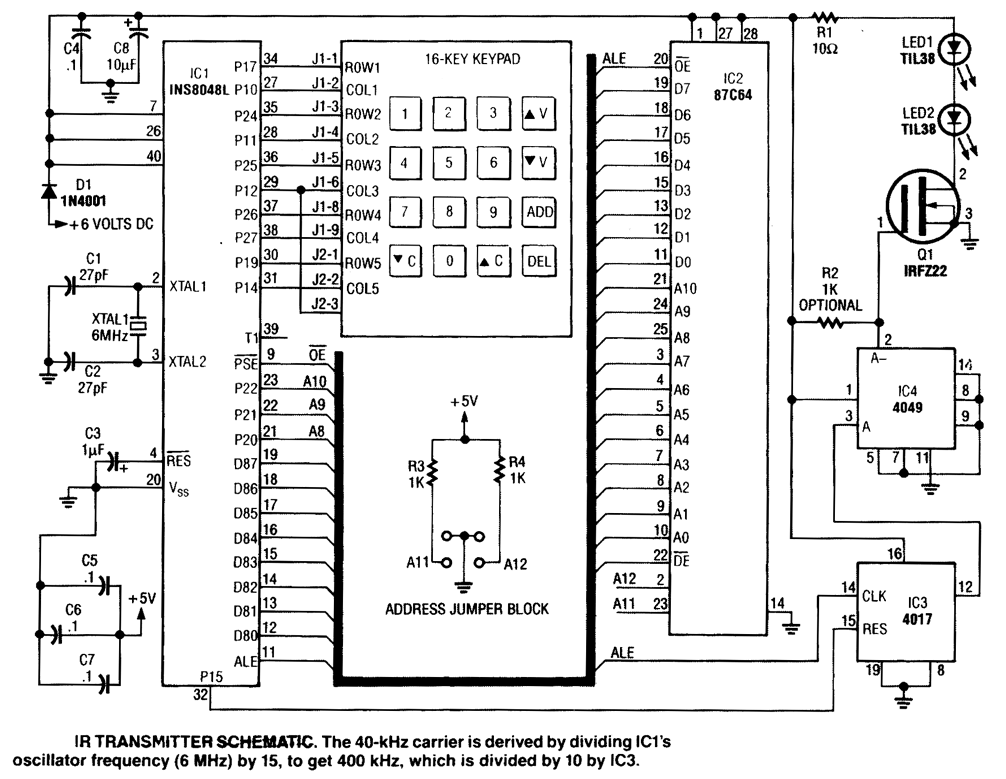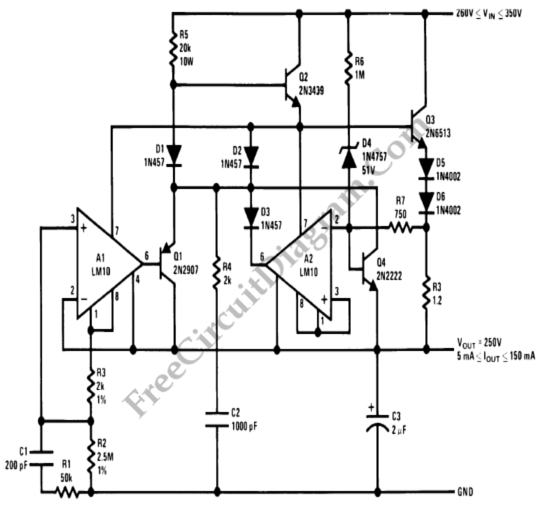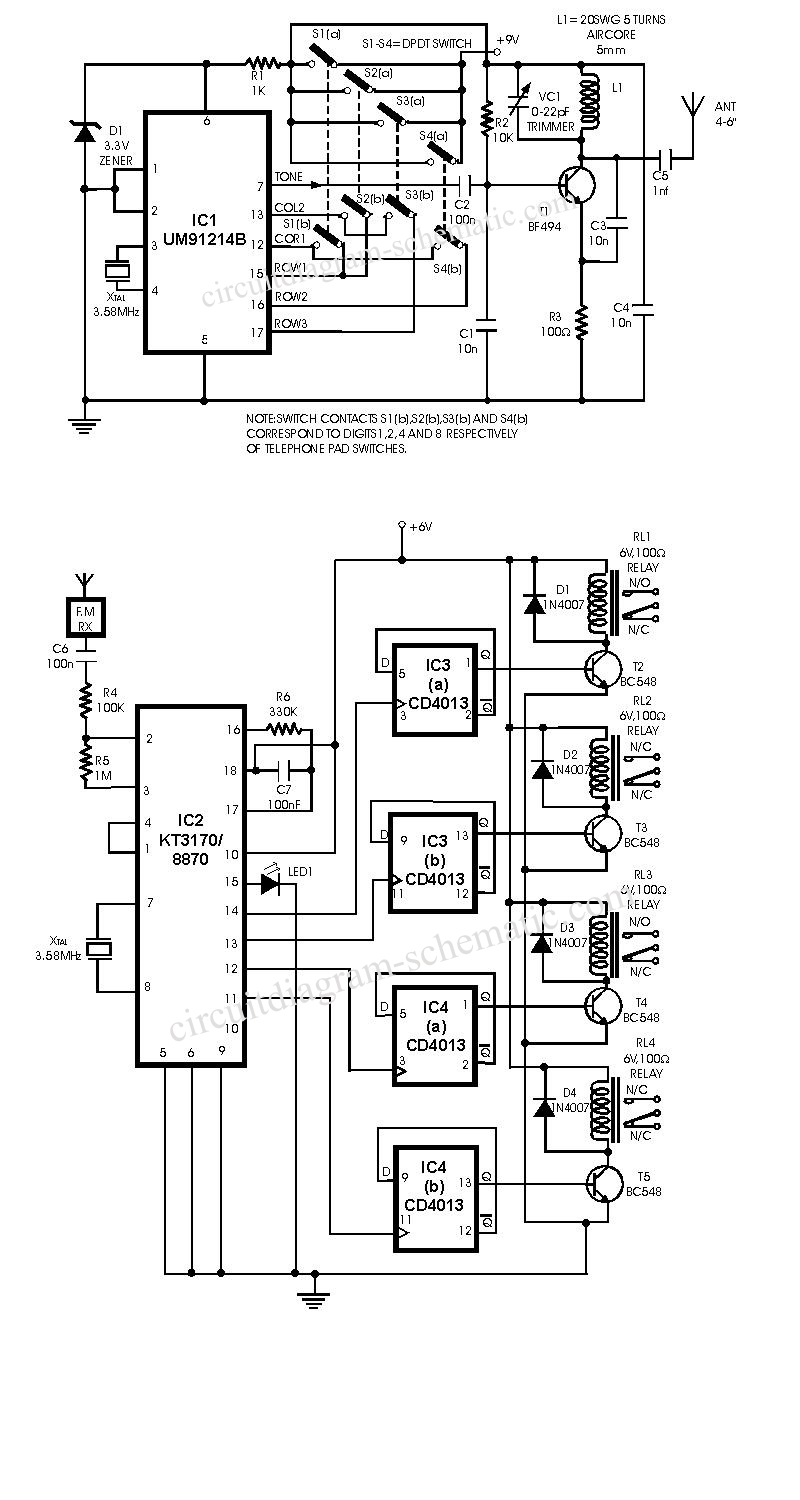
High End Tone Control
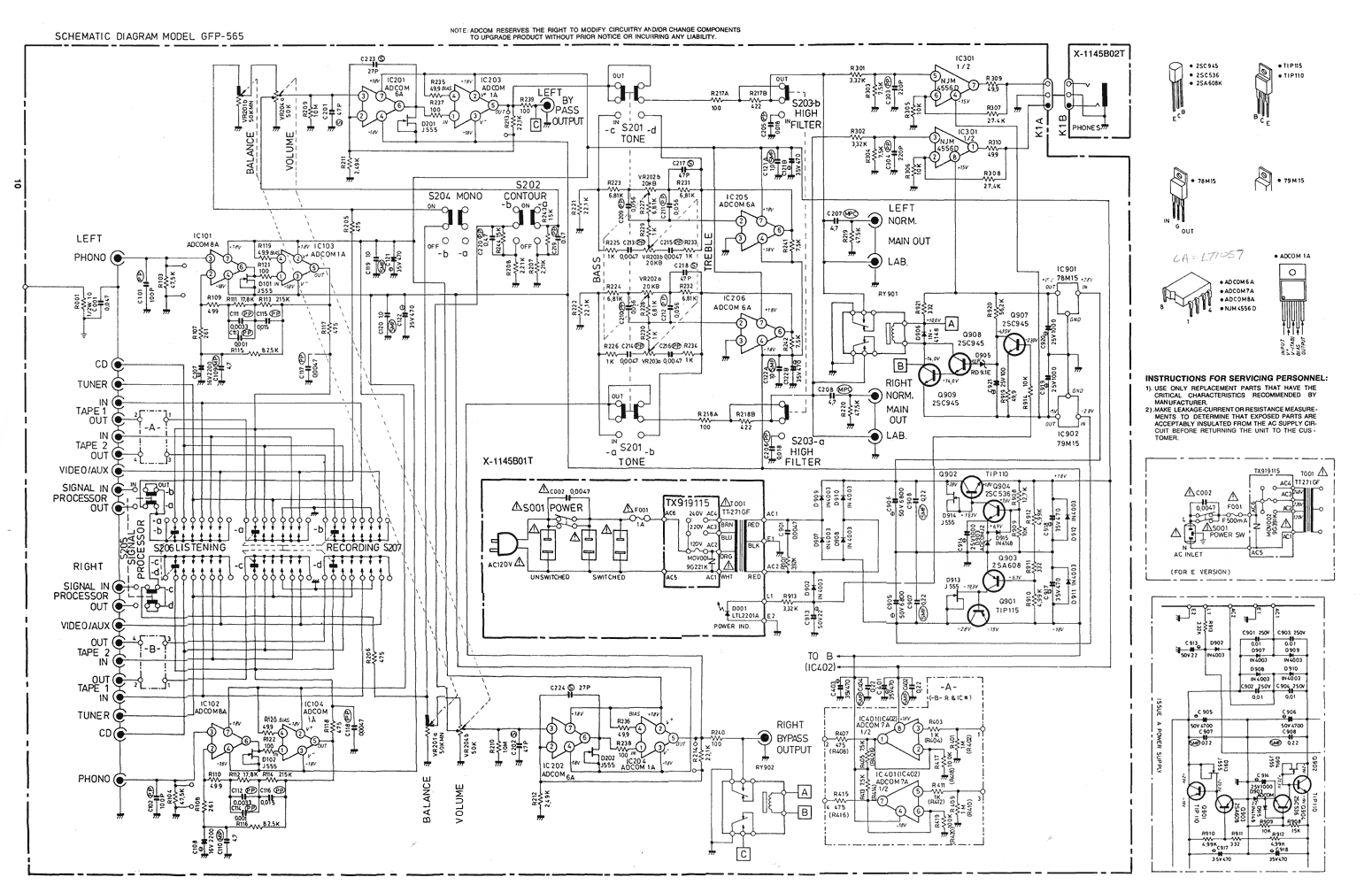
Originally posted by Pano: "Like putting milk and sugar in your coffee. Next time by, your Turkish coffee comes with no sugar, Dave."
The provided text appears to be an informal comment comparing the addition of sugar and milk to coffee with the experience of consuming Turkish coffee without sugar. This analogy suggests a preference or expectation for sweetness in coffee that is not met in the case of Turkish coffee, which is traditionally served unsweetened.
In the context of electronic schematics, this analogy can be likened to the customization of circuits to meet specific user preferences. For example, in designing a beverage dispensing system, an electronic control circuit could be implemented to allow users to select their desired level of sweetness in coffee. The system could include a microcontroller that interfaces with a user input device, such as a keypad or touchscreen, enabling the selection of different sugar levels.
The schematic would feature a power supply that provides voltage to the microcontroller and other components. The microcontroller could be connected to a digital-to-analog converter (DAC) that controls an actuator, such as a solenoid valve, to dispense the appropriate amount of sugar syrup based on user input. Sensors could be integrated to measure the volume of coffee dispensed, ensuring that the correct amount of sugar is added.
Additionally, the circuit could include feedback mechanisms to allow users to adjust their preferences in real-time, enhancing the overall experience. This design approach mirrors the expectation of customization in food and beverage preparation, paralleling the original comment about coffee preferences.Originally Posted by Pano Like putting milk and sugar in your coffee. Next time by, your Turkish coffee comes with no sugar dave.. 🔗 External reference
The provided text appears to be an informal comment comparing the addition of sugar and milk to coffee with the experience of consuming Turkish coffee without sugar. This analogy suggests a preference or expectation for sweetness in coffee that is not met in the case of Turkish coffee, which is traditionally served unsweetened.
In the context of electronic schematics, this analogy can be likened to the customization of circuits to meet specific user preferences. For example, in designing a beverage dispensing system, an electronic control circuit could be implemented to allow users to select their desired level of sweetness in coffee. The system could include a microcontroller that interfaces with a user input device, such as a keypad or touchscreen, enabling the selection of different sugar levels.
The schematic would feature a power supply that provides voltage to the microcontroller and other components. The microcontroller could be connected to a digital-to-analog converter (DAC) that controls an actuator, such as a solenoid valve, to dispense the appropriate amount of sugar syrup based on user input. Sensors could be integrated to measure the volume of coffee dispensed, ensuring that the correct amount of sugar is added.
Additionally, the circuit could include feedback mechanisms to allow users to adjust their preferences in real-time, enhancing the overall experience. This design approach mirrors the expectation of customization in food and beverage preparation, paralleling the original comment about coffee preferences.Originally Posted by Pano Like putting milk and sugar in your coffee. Next time by, your Turkish coffee comes with no sugar dave.. 🔗 External reference
